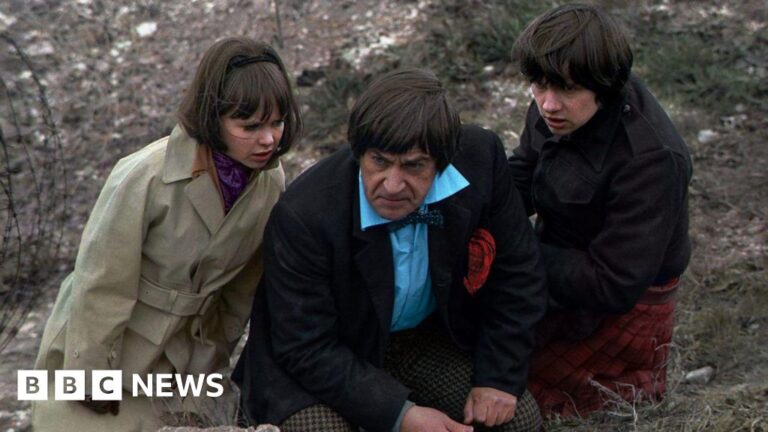For much of her high school career, Sadie Sink took her lessons inside an old lifeguard shack that had been converted into a schoolhouse for the child actors on the set of “Stranger Things.” When the cast wasn’t battling Demogorgons in a parallel dimension, “everyone was studying different things at the same time,” Sink told me recently of her experience in the shack. “It was chaos.”
Just as “The Crucible,” Arthur Miller’s 1953 classic, used the Salem witch trials as an allegory for McCarthyism, “John Proctor Is the Villain” uses “The Crucible” to interrogate the complexity of growing up in the #MeToo era. In an English class in Appalachia in 2018, the students are studying Miller’s play just as that movement against sexual violence tears through their one-stoplight town, breaches the doors of their school and collides with their reading of the play itself.
The result is a prismatic revelation: “John Proctor Is the Villain” is, at turns, a literary critique, a tender bildungsroman, a loopy comedy, a study of rural America, and a Taylor Swift appreciation post.
Inside the rehearsal space, Sink burst through the classroom door, the pages of her script rippling in her hand. Her character has returned to school after a conspicuous absence only to find that, despite all these revelations of male bad behavior, it is she who has been made the scapegoat. Sink’s eyes poked around the class, widening at her friends’ hypocrisy. Then she pinned one of the male students, Mason, in her sights and sliced into his sweet exterior: “Thank you for being an ally,” she said.
The play explores the ways in which power structures are built and maintained, and how those with privilege use their power to silence and marginalize others. It’s a complex and challenging topic, but one that is essential to understanding the world we live in today.
Source link




